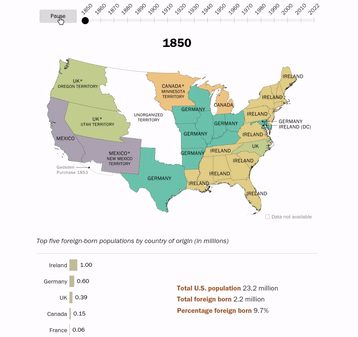Posts
Showing posts from August, 2024
Have You Earned Your Air Pollution Stripes?
- Get link
- X
- Other Apps
How to Make Your Own Map Jigsaw Puzzle
- Get link
- X
- Other Apps
Russia's Secret Nuclear Targets in China
- Get link
- X
- Other Apps
Memorial Day Weekend Helicopter Flights
- Get link
- X
- Other Apps
Exploring London Through the Artist's Eye
- Get link
- X
- Other Apps

























